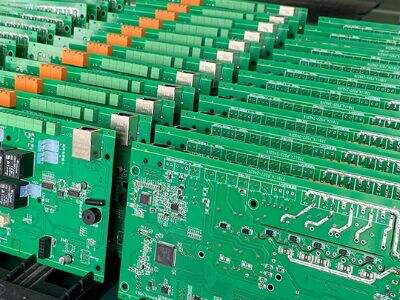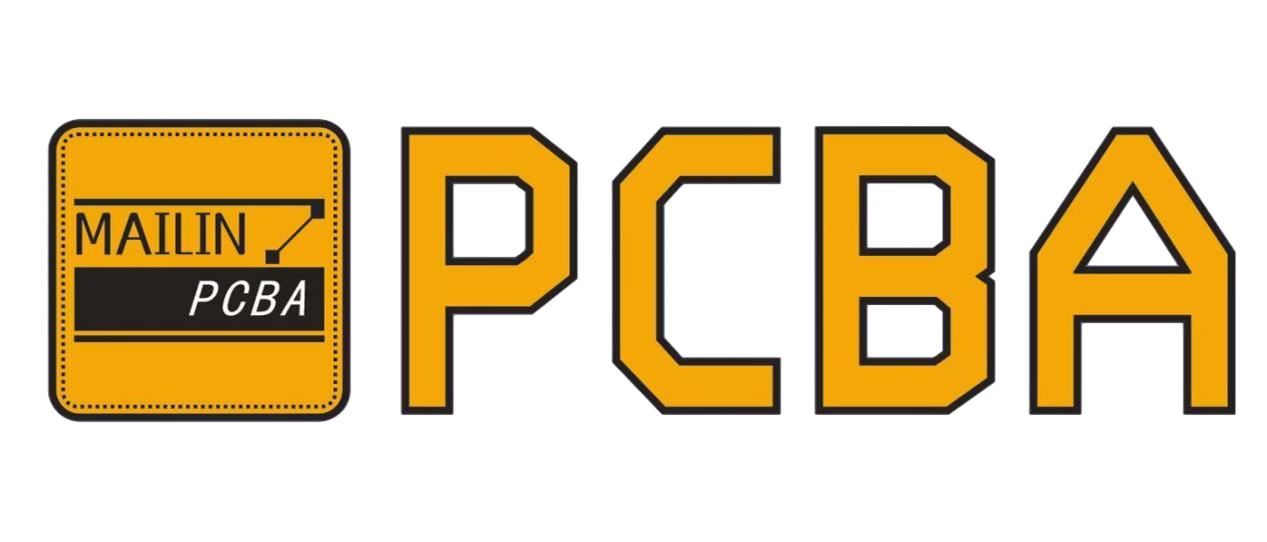PCB for power electronics has to consider a lot of things. The selection of materials is critical in order to ensure that the board performs as desired. Heat matters too, and the board should allow heat to escape easily. It can be hard to balance how quickly signals can travel with how much power is consumed. Another huge factor in how well the board works it how you connect the parts and where you place them on the board. Lastly, you have to consider how much money you can outlay versus how well the board needs to work. Therefore, it makes sense to understand these key elements that impact PCB fabrication for power electronics.
Choosing the Right Materials
The properties of the materials you select for designing a PCB used in power electronics canvar significantly impact circuit performances. Certain materials are better at conducting electricity, others at dissipating heat. You have to consider how much power the board will consume and how much heat it will generate; how fast the signals will have to travel. You can make the board perform best by choosing the right materials.
Dealing with Heat
Heat is a serious issue for electronics. If a board overheats, it can fail or even shatter. For power electronic PCB design, you need to consider the heat dissipation. Certain materials can aid in dissipating heat from the hot components. You also have to think about how you put together the board. This ensures that the heat does not get trapped and cause problems by designing the board in a clever manner.
Balancing Power and Speed
Power electronics typically consume an excessive amount of power. And at the same time they have to send signals back and forth really fast. When you make a PCB for power electronics, you have a tradeoff between how many watts the board can deliver and its signal speed. By specifying the best layers to use in the board and connecting it as needed, the board can be made to function well for power and speed.
Dropping and Linking the Parts
The way the components are placed on the pcb board, and how they are connected can affect the performance of the board. Ultimately, you want to ensure that the board will be function at its best, which very much involves putting parts in the right spots and connecting them properly with traces. If you place components too near each other, or fail to connect them well enough, the board may not function correctly. This is where you can influence how the pcba circuit board for a power electronics application by considering closely how the parts are positioned and how they connect to each other.
Cost and Performance
A pcb printed circuit board for power electronics can be very expensive. You are, like, forced to think about how well the board needs to work vs how much money you can afford to spend. Some materials are pricier but more effective; others are less effective but cheaper. Depending on the cost with what factor performance a trade-off such as that you can make sure that the board works the best with the least amount of money.
Conclusion
There are a lot of things to keep in mind while making a pcb for power electronics. Selecting the correct materials, managing heat, power versus speed, placement, and cost versus performance all play significant roles. Knowing how these elements impact the design of a PCB for power electronics can help the board itself perform the best it can be. Q12: Which PCB type do you specialize in having expertise in? Why?As a company we specialize in the design of PCBs that belong to the power electronics category yet are cost-effective. If we ignore & remedy these factors, we will definitely create a PCB design which would be superb in performance and efficiency.

 EN
EN








































